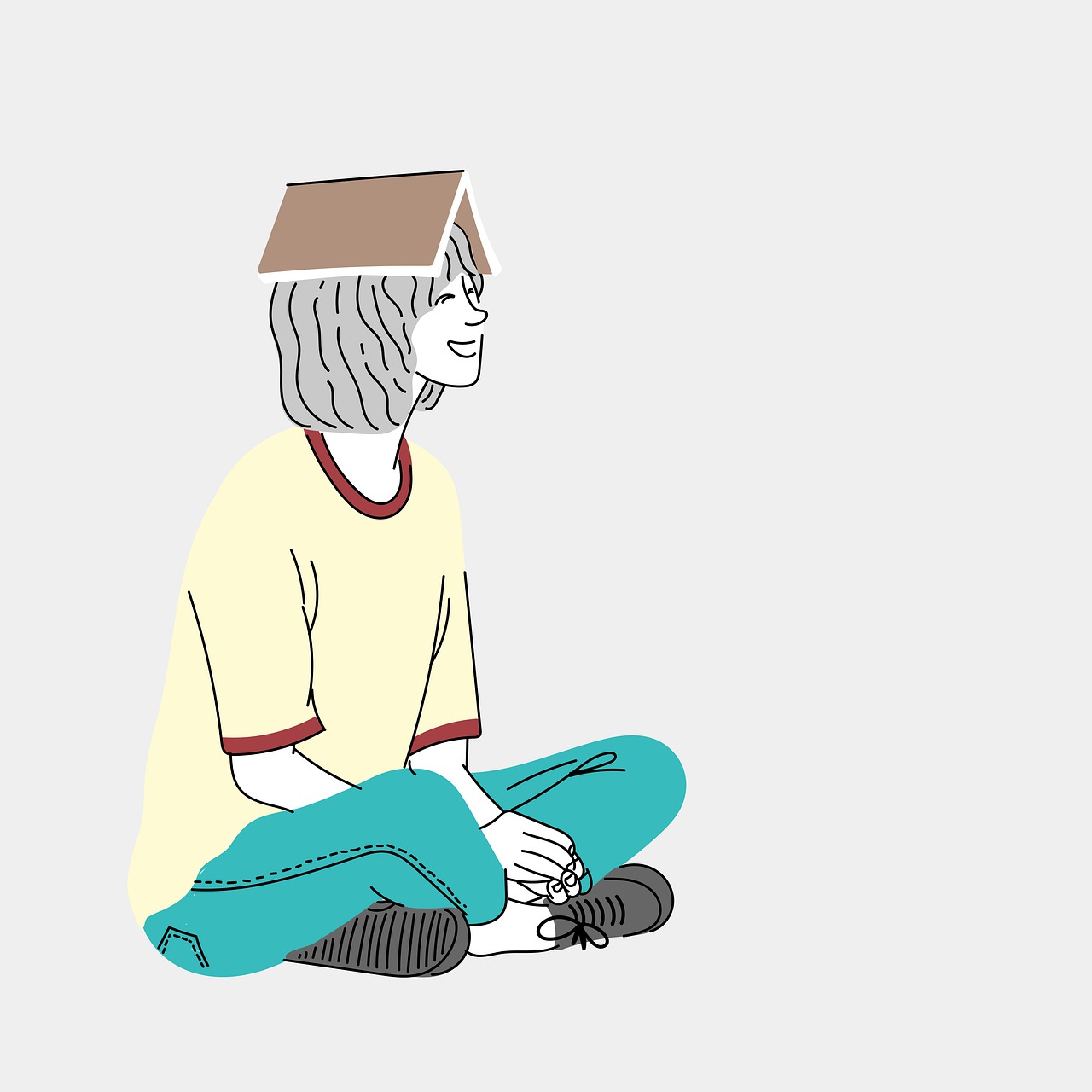Greetings!
Yesterday, I received a call from a parent whose daughter was a freshman in college, and had decided she wanted to transfer.
I shared how my office has received more requests from students wanting to transfer colleges than any other year. I also shared how we’ve also been working with more college students (along with our middle schoolers and high schoolers!) on weekly executive functioning appointments than ever before.
The parent was relieved her daughter wasn’t the only one.
 I asked if something had happened socially, and the answer was a resounding YES. Friendships ebb and flow during freshman year of college, and the people we meet the first six weeks of school may or may not become lifelong friends.
I asked if something had happened socially, and the answer was a resounding YES. Friendships ebb and flow during freshman year of college, and the people we meet the first six weeks of school may or may not become lifelong friends.
And yet…
I’ve noticed students struggling socially – in middle school, high school and college. Some may have in-person socialization skills that are a bit rusty, and the options to meet people still feel limited when there are a variety of restrictions in place.
One thing goes wrong, boom, a student wants to leave, transfer, and it becomes all or nothing. Emotional regulation is hard, and I don’t think it is just rusty socialization skills, though that is part of it.
 It could be the sign of something else: burnout.
It could be the sign of something else: burnout.
This NYTimes piece on Laurie Santos, the Yale professor known for her happiness course that has been taken by millions worldwide, discusses the increased anxiety felt by so many students, along with her own leave of absence to prevent burnout. A great quote:
“It’s not like one morning you wake up, and you’re burnt. You’re noticing more emotional exhaustion. You’re noticing what researchers call depersonalization. You get annoyed with people more quickly. You immediately assume someone’s intentions are bad. You start feeling ineffective….You can’t just power through and wish things weren’t happening. From learning about the science of happiness, I treat it like any other health issue: If my blood pressure was soaring — you need to take action.”
We’ve all been through a very long two years, and our students have been asked to pivot and adjust and be remote and hybrid and in-person with precautions. The signs of burnout are everywhere.
One way to take action is to get outside support and resources – because sometimes, preventatively, it can help provide additional support in a time of need.
I encourage you to share the piece with the kids in your life, and use it as a framing for discussion of figuring out actions to take at this moment. Adults shouldn’t have to power through, and kids shouldn’t either.
 ALMOST SPRING SPECIAL: In my office, we’ve seen middle school, high school and college students benefit enormously from our signature one-on-one workshop helping them organize, plan, and prioritize, as well as learn different habits. From now until March 18, 2022, our 90 minute signature organizational workshop will be 20% off. In addition, we’ll offer five pro bono workshops for students who would not be able to afford the cost. We offer the workshop online for students around the world, with limited in-person spots. Please contact our office if you’d like to sign up.
ALMOST SPRING SPECIAL: In my office, we’ve seen middle school, high school and college students benefit enormously from our signature one-on-one workshop helping them organize, plan, and prioritize, as well as learn different habits. From now until March 18, 2022, our 90 minute signature organizational workshop will be 20% off. In addition, we’ll offer five pro bono workshops for students who would not be able to afford the cost. We offer the workshop online for students around the world, with limited in-person spots. Please contact our office if you’d like to sign up.
Warm wishes,
Ana
Other links of interest:
Green Ivy Summer College Application Bootcamp – Sign up Here
More Teenage Girls with Eating Disorders Wound Up in the ER During the Pandemic (NYTimes)
Yale Law covers full tuition for students under the poverty line (WSJ)
Historically Black College has a twist on admissions: you can bring your family, too (Texas Tribune)
Proposal to drop test score requirements for incoming college athletes (NCAA)
New twist on pandemic effect on schools – substitute teachers in the National Guard (NYTimes)

